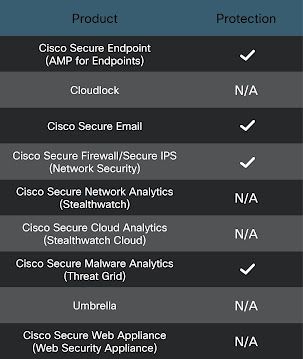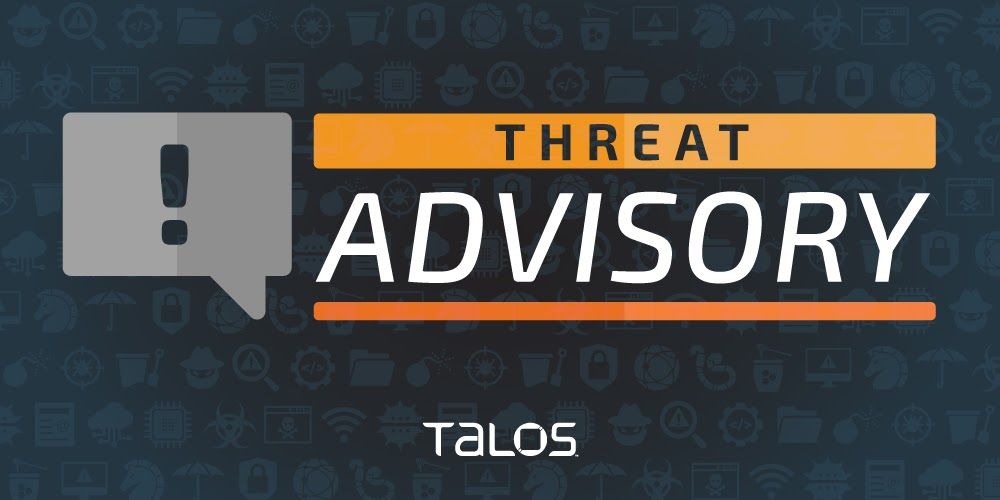Cisco Talos released new SNORT® rules Thursday to protect against the exploitation of a zero-day vulnerability in Microsoft MSHTML that the company warns is being actively exploited in the wild.
Users are encouraged to deploy SIDs 58120 – 58129, Snort 3 SID 300049 and ClamAV signature ID: 9891528 (Doc.Exploit.CVE_2021_40444-9891528-0) to detect and prevent the exploitation of CVE-2021-40444. Cisco Secure Endpoint users can use Orbital Advanced Search to run complex OSqueries to see if their endpoints are vulnerable to this specific threat. An OSquery (CVE-2021-40444_vulnerability status) has been added for this threat.
If an adversary were to successfully exploit this vulnerability, they could remotely execute code on the victim machine or gain complete control. The Microsoft advisory also stated that proof-of-concept code for this vulnerability is available in the wild.While no official Microsoft patch is available at this time, the company advised users to disable Internet Explorer ActiveX controls by updating the system registry. Additionally, Office documents opened from the internet should open in Protected View by default. Users should verify the documents they are opening are in protected view or enable Application Guard for Office to mitigate this vulnerability.
Microsoft disclosed this vulnerability earlier this week, warning of “targeted attacks that attempt to exploit this vulnerability by using specially crafted Microsoft Office documents.”
Cisco Talos has observed malware samples attempting to exploit this vulnerability being uploaded to public repositories dating back to mid-August. We have also observed activity indicating that this vulnerability is being actively used in malware campaigns and will likely continue to be leveraged by additional threat actors moving forward.
The ease with which this vulnerability can be weaponized and the widespread reliance on malicious Office documents to initiate malware infections will likely cause this vulnerability to quickly gain more widespread popularity across the threat landscape.
MSHTML is the Internet Explorer web browser’s rendering engine, though many Office documents also use this engine.
The U.S. Cybersecurity and Infrastructure Security Agency warned users Tuesday of the vulnerability, advising users to follow the workarounds Microsoft outlined. Microsoft is actively researching the issue and plans to either release an out-of-band update or deploy a patch as part of the company’s regularly scheduled monthly security update on Sept. 14.
This is just the latest in the line of zero-day vulnerabilities in Microsoft products. Attackers actively exploited the so-called “PrintNightmare” vulnerability in the PrintSpooler service that could allow authenticated users to achieve escalated privileges, including admin rights. Multiple zero-day vulnerabilities in Microsoft Exchange Server were also a part of attacks from the Hafnium threat actor.
CoverageWays our customers can detect and block this threat are listed below.

Cisco Secure Endpoint is ideally suited to prevent the execution of the malware detailed in this post. New users can try Cisco Secure Endpoint for free here.
Additional protections with context to your specific environment and threat data are available from the Cisco Secure Firewall Management Center.
Open Source Snort Subscriber Rule Set customers can stay up to date by downloading the latest rule pack available for purchase on Snort.org.
